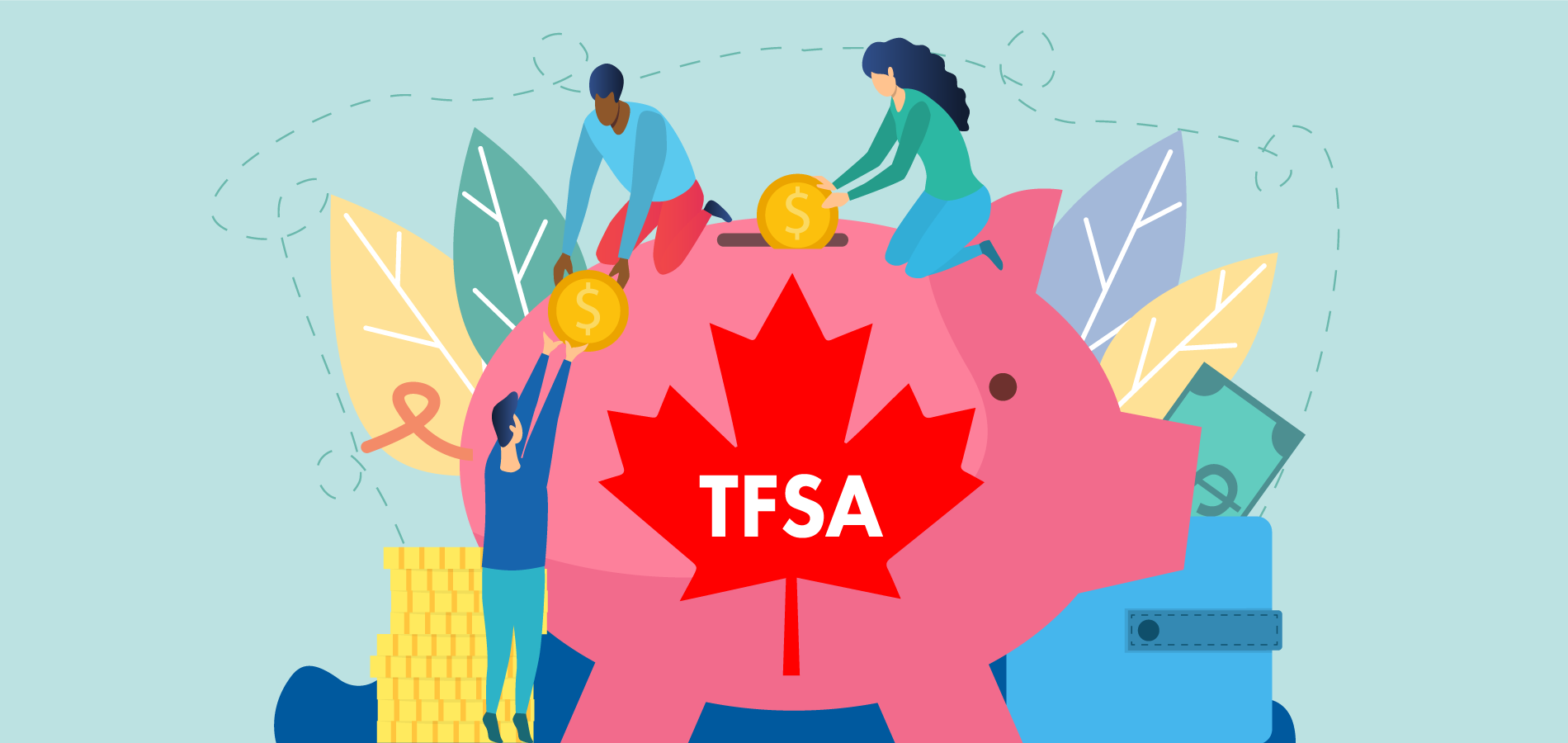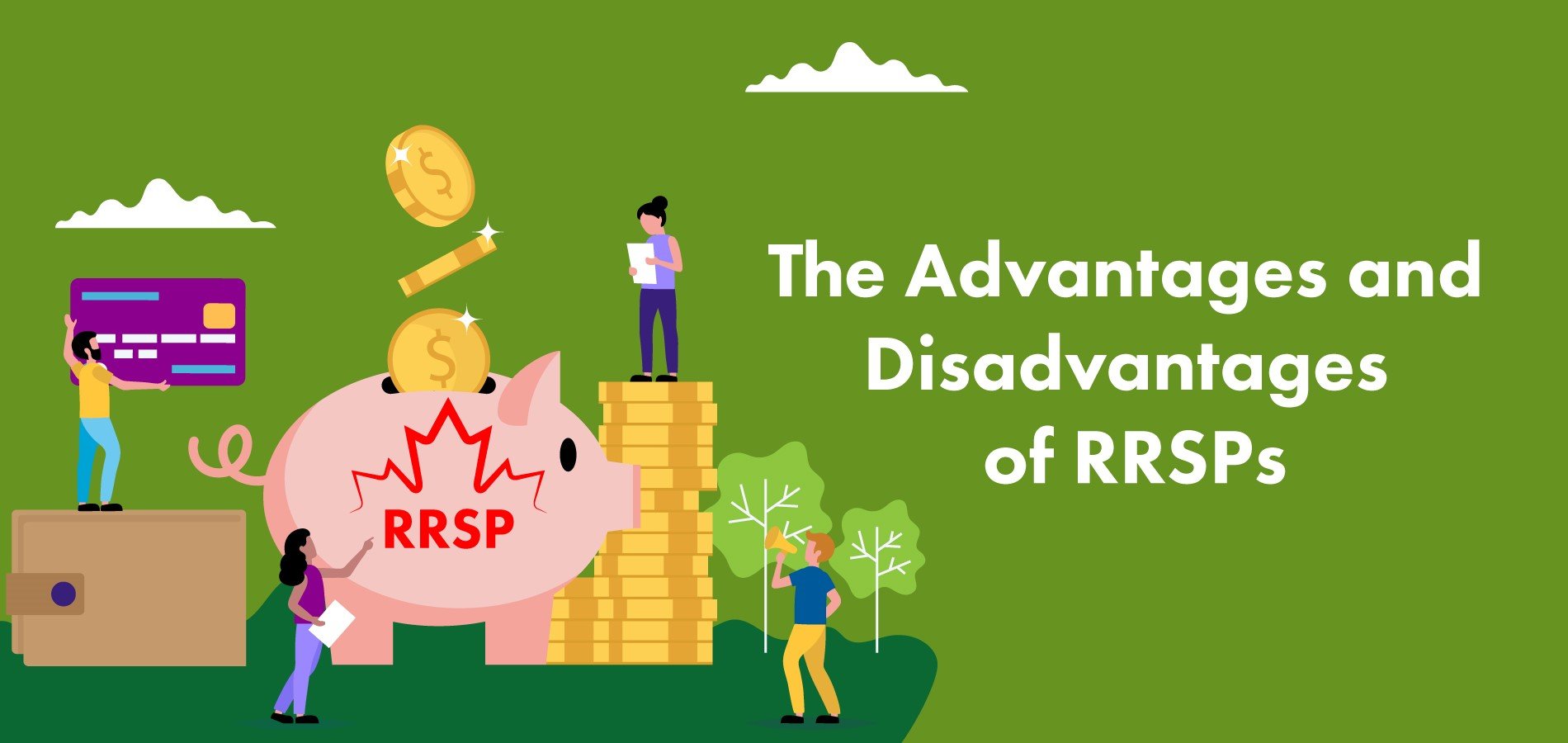Let’s face it, investing can be intimidating. There is a myriad of options for investments in Canada, which can lead to paralysis in deciding how and where to put your money. The following is a short guide to investing money in Canada for beginners.
Here’s the good news: You don’t have to be an expert to start investing. With just a few hundred dollars, you can put your savings into a Guaranteed Investment Certificate (GIC). The word “guaranteed” indicates that your capital is safe and that at the end of the investment period you will receive a modest payout.
The challenge with GICs is that rates of return are very low, currently less than 2 percent. With inflation running at that rate, you won’t make any return in real terms.
Fortunately, there are other ways to invest money, assuming that you have a higher risk tolerance. Exchange Traded Funds (ETF) track a particular stock market, such as the Toronto Stock Exchange (TSX). The TSX eked out a return of 2.17 percent in 2020, which was a tough year as the Canadian economy was hit by the pandemic starting in March. In other years, the return has been higher, although there is always a risk of a loss. An ETF is a good way to diversify your investments.
If you are just starting out, it’s best to avoid high-risk investments like cryptocurrency or cannabis startups. You could end up losing all of your money! So, unless you are an expert in these sectors, there are better ways to invest money.
What are your investment goals?
Before you start investing, it’s important to consider why you are saving money. Here are some possible objectives for investing money in Canada for beginners:
- Building an emergency fund: It’s a good idea to save some money in the event that you are hit by a sudden financial crisis, such as losing your job or needing to purchase a new car. Emergency funds should be held in an account where you can access the funds quickly; investments such as GICs usually can’t be cashed before the maturity date and therefore are not suitable for emergency funds.
- Saving for a special holiday: If you are planning a trip a few years down the road, you can put aside some money every month. Since you know the approximate date you will be traveling, you can time your investments to mature prior to leaving.
- Purchasing a home: Unless you have relatives who will give you money, you will need to save for a down payment on a house or condo. You can put money into a savings account if you have low risk tolerance. Or you can start an RRSP and take the funds out when you are ready to buy. The federal government allows you to “borrow” from your RRSP for the purchase of your first home – as long as you pay back the funds within 15 years. Under the Home Buyers’ Plan, you will not face any tax withholding on withdrawals of up to $35,000. Check out all the government rules here.
- Retirement: It’s a great idea to save for your retirement years. Government programs, such as the Canada Pension Plan and Old Age Security, only provide modest supports. In order to plan for a comfortable retirement, consider opening a Registered Retirement Savings Plan (RRSP). These provide you with a tax deduction for saving and the investments grow tax-free as long as they are held within your RRSP. You only pay taxes when you begin withdrawing funds. This is a great example of short term vs long term investing. If your retirement is a long way off, you can afford higher risk tolerance.
- Children’s education: Post-secondary education is expensive when you consider tuition fees and living costs. An RESP allows you to save for a child’s education, with the investments growing tax-free while they are held in the RESP. The federal government will even contribute to your RESP, making it one of the best ways to invest money!
Once you have set your goals and decided between short term vs. long term investing, you are ready to consider investment vehicles.
How to start investing in stocks
You may want to invest part of your savings in the stock market. There are several options, depending on your level of expertise and the amount of time you want to devote to managing your investments. Fortunately, you can learn to invest in Canada!
Open your own account
You can select stocks and make purchases at a number of online brokerages. This approach requires high risk tolerance since it can be difficult to determine which stocks have the biggest upside potential. If you decide to go this route, it may be best to start with just a few hundred dollars until you become more knowledgeable and experienced.
Use a stock broker
A broker will provide you with advice on which stocks to purchase and when to sell them (or hold them). Brokers usually make money by charging you a commission on every purchase or sale. Therefore, you don’t want to make too many trades or you will see a lot of your investment profits go towards broker fees.
Use a robo-advisor
Many online brokerages have artificial intelligence (a robo-advisor) to help you select stocks. The key advantage is that sales commissions are lower than hiring a stock broker. This is great for investing for beginners in Canada.
How to diversify your investments with mutual funds
If you prefer to sit back and let the professionals handle your money, mutual funds are a good choice. These reduce your risk by investing in a wide range of stocks, bonds and other investments. You can select the mutual fund based on your risk tolerance, target countries and the investment company’s track record. With mutual funds, there are two costs to watch out for. Your financial advisor will normally charge a sales commission. As well, the mutual fund company will levy a management expense fee. As an investor, you want this fee to be as low as possible. It’s known as the Management Expense Ratio (MER) and ideally should be less than 1 percent. Be sure to ask your financial advisor about sales costs and MERs prior to investing in a mutual fund.
Buy exchange traded funds (ETF)
These funds track the progress of a particular stock exchange, such as the TSX. When stocks go up, your investment increases in value. Fees tend to be quite low, which means more money stays in your pocket. This is one of the best ways to invest money.
As you can see, there are many options for investments in Canada. Over a lifetime, you may choose several different investment vehicles as your risk tolerance changes. When you are inexperienced, you may prefer more passive approaches. With more knowledge, you may wish to try more active investing, such as purchasing stocks through an online brokerage. You can keep some of your money in mutual funds or ETFs to reduce your risks. Good luck with your investments!





